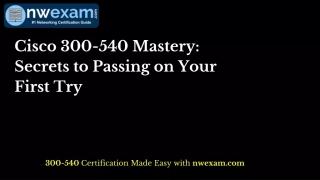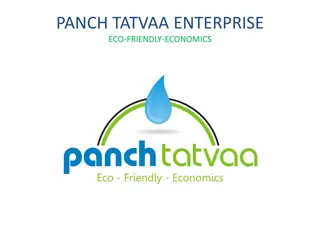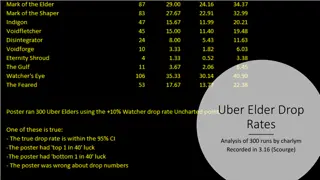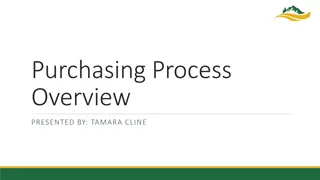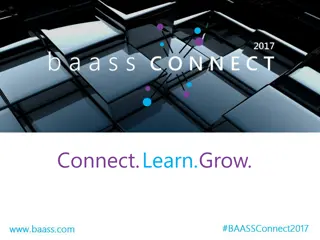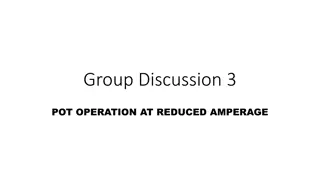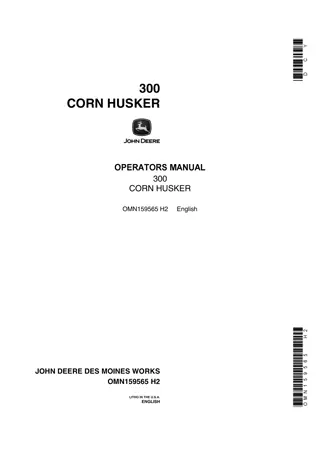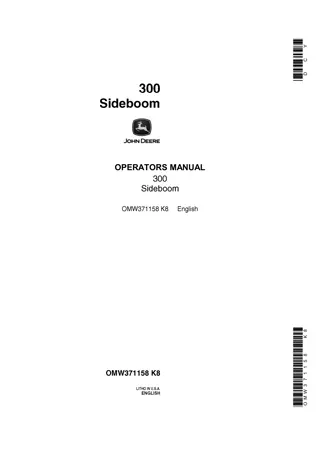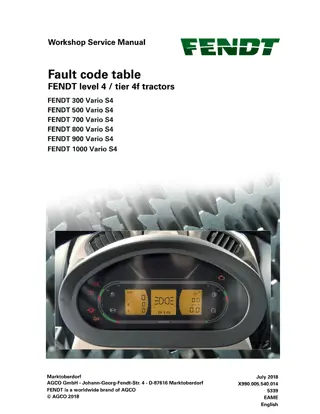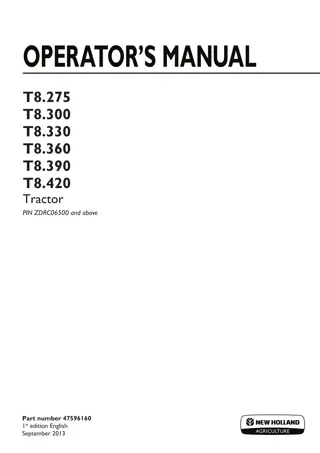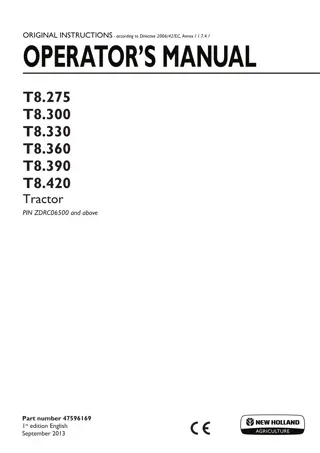
Effective Course Design Strategies for Career Success
Explore how to bridge the gap between academic courses and students' future career success through a detailed examination of desire, practice, and reflection as integral components of course design. The importance of creating lifelong learners who are motivated, proficient, and prepared for professional proficiency is emphasized.
Download Presentation

Please find below an Image/Link to download the presentation.
The content on the website is provided AS IS for your information and personal use only. It may not be sold, licensed, or shared on other websites without obtaining consent from the author. If you encounter any issues during the download, it is possible that the publisher has removed the file from their server.
You are allowed to download the files provided on this website for personal or commercial use, subject to the condition that they are used lawfully. All files are the property of their respective owners.
The content on the website is provided AS IS for your information and personal use only. It may not be sold, licensed, or shared on other websites without obtaining consent from the author.
E N D
Presentation Transcript
Using Virtual Worlds to Build Professional Proficiency William Eastwood, Ph.D. Oakland University weastwoo@oakland.edu Empowering Students to Learn: 8thAnnual Conference on Teaching and Learning May 14, 2014
A familiar dilemma... how do we bridge the gap between our courses today and students career success tomorrow?
Toward course design focusing on career success 1. Desire 2. Practice 3. Reflection
Desire There are subjects that are school subjects and there are subjects that are life subjects and [students] can tell the difference. They work harder at the life subjects. And what is the difference between these two kinds of subjects? Goals (Schank 2011:4).
Desire A student wants to be there because she knows the course will prepare her for the future. Explicit, post-college worth Life-relevance, not just school-relevance Motivated student
Practice This is the real use of education: the creation of new habits. This can be done in only one way by repeated practice. (Schank 2011: 17).
Practice Repeated activities in authentic contexts o Real-life encounters that include life s messiness o Doing what professionals do. o Doing it again and again. o Under the mentorship of an instructor. o Takes place where students are free to make mistakes.
Reflection You can move people ever so slightly by having them have emotional experiences that they can discuss with one another . (Schank 2011: 43). Reflection-in-action and Reflection on action (Schon 1987: 26) Thinking and talking about professional practice will improve professional practice.
Reflection Students reflect on their practice through writing and group discussion. Reflection includes whats, hows, whys, bad times, good times. They reflect throughout the course and then after the course is over. An instructor facilitates reflection by asking questions, disclosing personal experiences, and using assigned readings.
My own course design based on Desire, Practice, and Reflection SOC-/AN-395: Ethnography in Second Life
What is Second Life? A persistent online, virtual world. Users create an avatar, and avatars interacts with the online environment and other avatars. A sandbox community. Not necessarily a gaming world. International users. Free access. Free stuff.
Why use Second Life? Second Life provides students authentic contexts for practice. Students can practice using ethnographic methods in a real place. While being free and available to OU students, it is also a genuine social landscape on which real-life concerns, meanings, and relations are made and lived out . In Second Life we study real people and issues that are no less real for being virtual or online (Course Syllabus).
Why use Second Life? Many [anthropology] students have only cursory overviews of methods. These often amount to discussions about methods. Because it would be great in real life to organize or participate in a fieldschool. But who can afford it? Second Life is free, accessible, and different from many students everyday experiences.
What is Ethnography in Second Life? Description from course syllabus: This course endeavors to provide students a forum for practicing ethnography, which they expect to use as graduate students and professionals . This is not a course about Second Life or online games. Instead, this course treats Second Life as a cultural milieu for in-depth study .
What is Ethnography in Second Life? Course Assessments and Grading Scale: IRB Certification 10% Moderating Week s Discussion 25% Participation in Weekly Discussion 10% Proposal and Approval 10% Ethnographic Paper 30% Final Reflection 15%
Examples of Student work and perspectives Student projects: Amusement parks Evangelical churches Suicide prevention centers New User areas Egalitarian nudist colonies Student comments from their final written reflections Future changes: Immediate feedback in discussion forums
Considerations for Take-away Virtual Worlds can be useful tools for student practice of professional skills. Would students in your department benefit from practical application? Connecting theoretical knowledge to real life? Is there currently a time/space problem when it comes to equipping students? Are qualitative methods or is fieldwork something your students need for the future?




